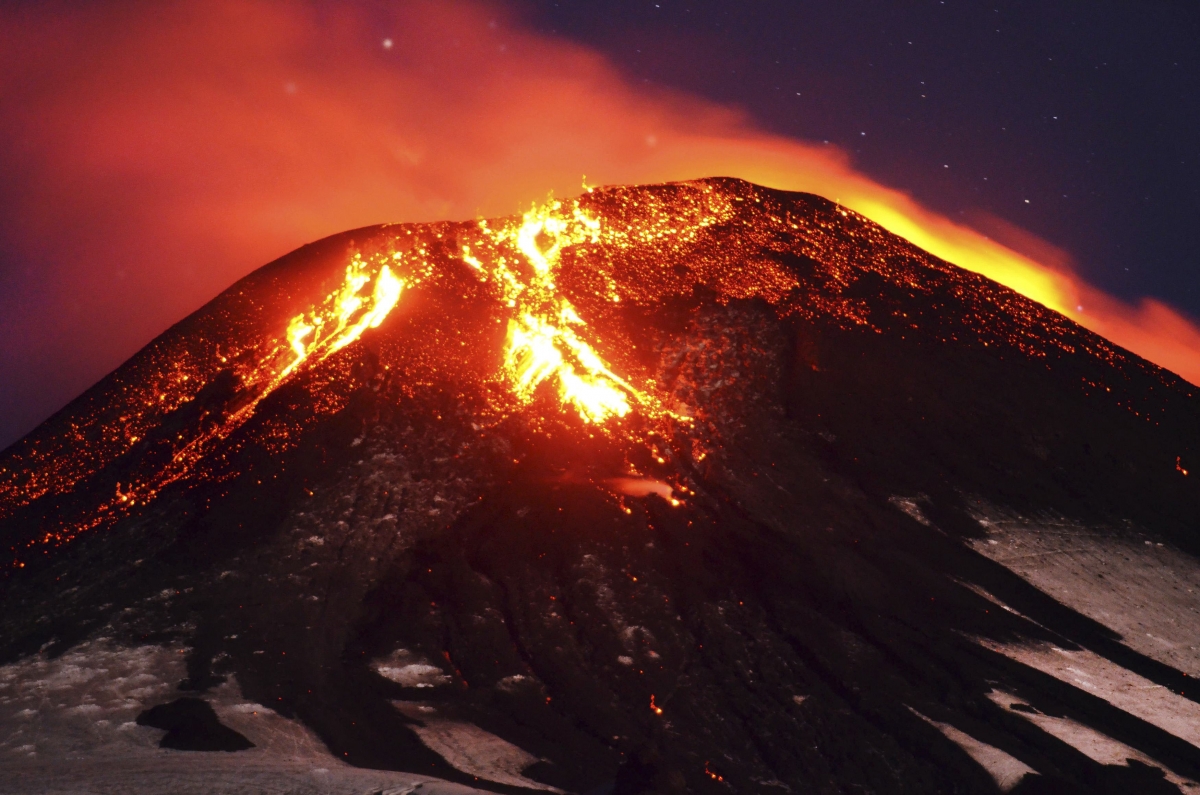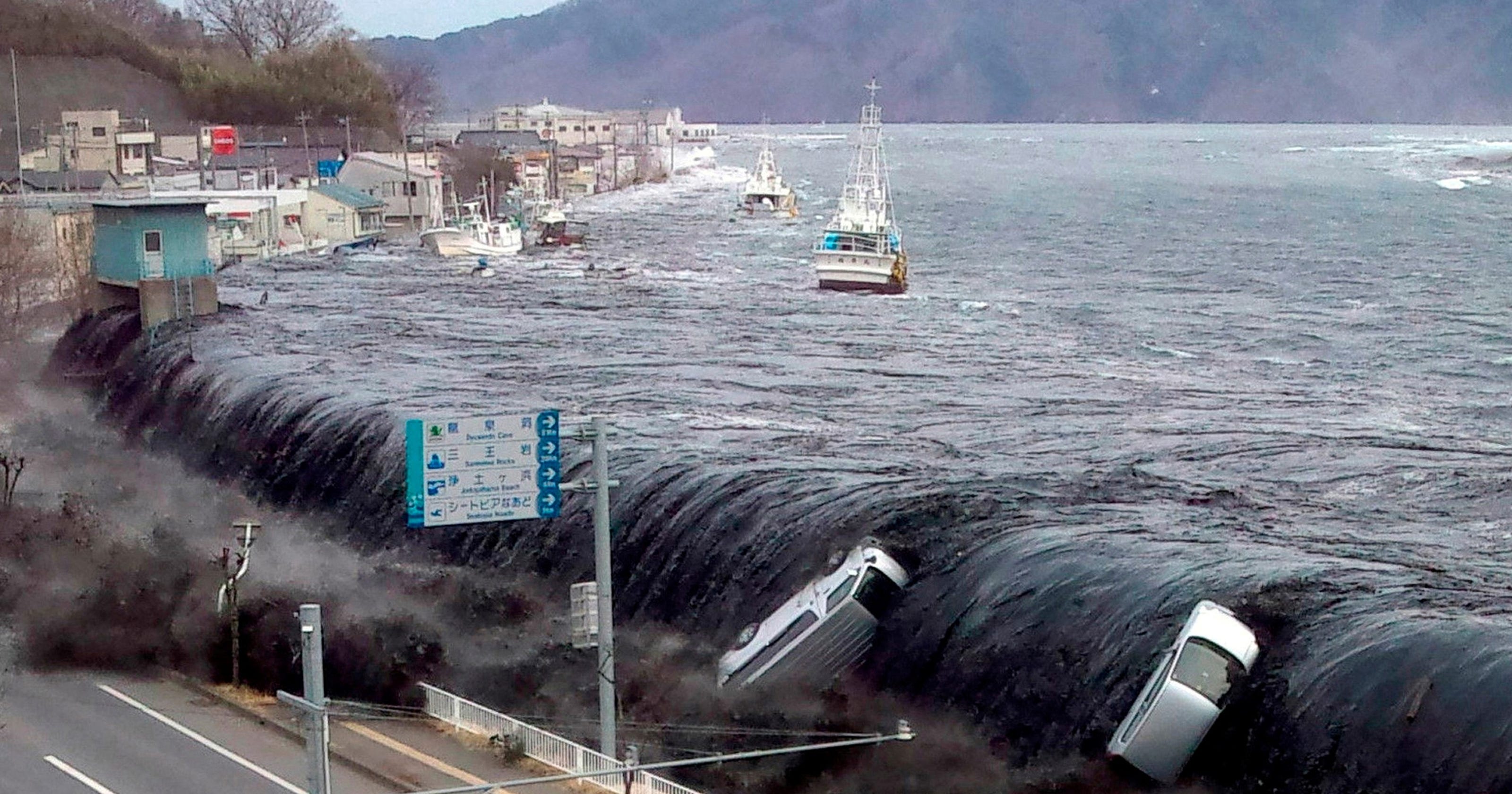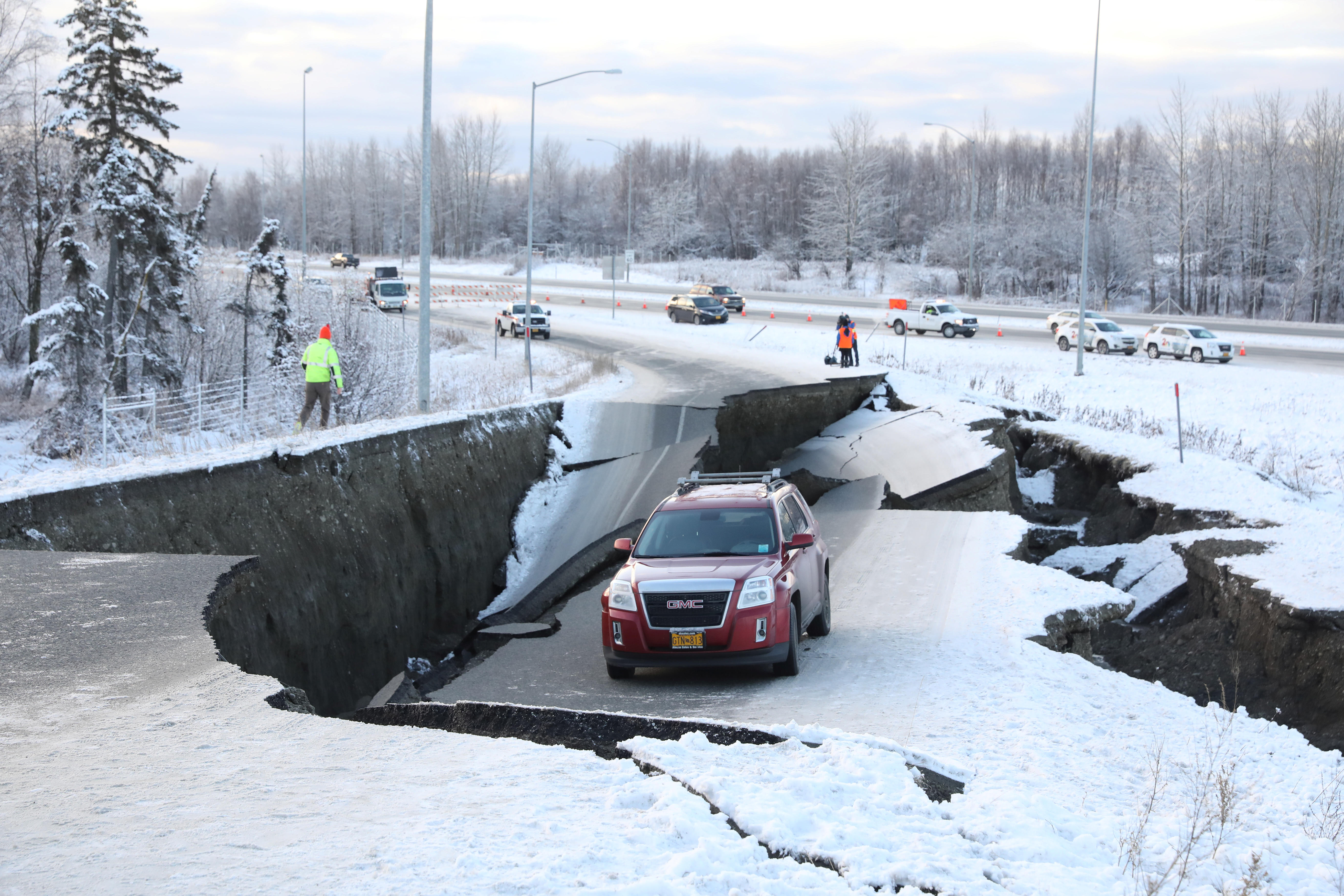References (Resources)
ABC Education. (n.d.). Volcanoes and People. https://www.abc.net.au/education/btn-volcanoes-and-people/13940840
Australian Institute for Disaster Resilience. (n.d.). The Ultimate Guide: Tsunami. https://knowledge.aidr.org.au/resources/the-ultimate-guide-tsunami/#/
Education Services Australia. (2017). The Earth's Structure. https://www.scootle.edu.au/ec/viewing/L5826/L5826/index.html#
Geoscience Australia. (n.d.). Earthquakes. https://earthquakes.ga.gov.au/References (Images)
Cosmos. (2014). Tectonic plates on a world map. https://cosmosmagazine.com/earth/earth-sciences/how-the-earths-tectonic-plates-began-to-move/
CBS News. (2018). Photograph of earthquake in Alaska. https://www.cbsnews.com/news/earthquakes-anchorage-alaska-aftermath-recovery-cleanup-debris-road-damage-latest-2018-12-02/
Gizmodo. (2015). 15 years of earthquakes in four minutes. from: https://gizmodo.com/search?blogId=4&q=relive%2015%20years%20of%20earthquakes%20in%20four%20mesmerising%20minutes
USA Today. (2013). Tsunami breaching sea barrier in Japan 2011. https://www.usatoday.com/story/news/world/2013/01/02/tsunami-bomb-us-new-zealand/1804483/
Insider. (2014). How tsunamis form. https://www.businessinsider.com/what-is-a-tsunami-2014-4
Get Wallpapers. (n.d.) Volcanic eruption wallpaper. https://getwallpapers.com/collection/volcanic-eruption-wallpaper
International Business Times. (2015). Ash and lava spew from the Villarrica volcano, as seen from Pucon town in the south of Santiago. https://www.ibtimes.co.in/catastrophic-volcanic-eruption-can-wipe-out-human-civilisation-scientists-warn-629832
Eskipaper. (2023). Photograph of volcanic eruption. https://eskipaper.com/volcano-8.html
References (Background)
Australian Institute for Teaching and School Leadership. (2017). Australian Professional Standards for Teachers. All career stages. https://www.aitsl.edu.au/standards
Avsec, S., & Kocijancic, S. (2016). A path model of effective technology-intensive inquiry-based learning. Journal of Educational Technology & Society, 19(1), 308-320. https://www.jstor.org/stable/pdf/jeductechsoci.19.1.308.pdf
Bishop, J., & Verleger, M. A. (2013, June). The flipped classroom: A survey of the research. In 2013 ASEE Annual Conference & Exposition (pp. 23-1200). https://peer.asee.org/the-flipped-classroom-a-survey-of-the-research
Emeny, W. G., Hartwig, M. K., & Rohrer, D. (2021). Spaced mathematics practice improves test scores and reduces overconfidence. Applied Cognitive Psychology, 35(4), 1082-1089. https://onlinelibrary.wiley.com/doi/abs/10.1002/acp.3814?casa_token=1PUEE-UA1ZgAAAAA:bQZ6kOaWlF9qJ1TY2ynuaLNbQ1tkzV8ylLhs7rGl_xFMOO25r7wNQJq6flyvW0qT1q2uWPJVr1N7XJPp
Feshbach, N. D., & Feshbach, S. (2009). Empathy and education. The social neuroscience of empathy, 85(98). https://www.google.com.au/books/edition/The_Social_Neuroscience_of_Empathy/KLvJKTN_nDoC?hl=en&gbpv=1&dq=considering+others+perspectives+empathy&pg=PA85&printsec=frontcover
Fine, M. S., & Minnery, B. S. (2009). Visual salience affects performance in a working memory task. Journal of Neuroscience, 29(25), 8016-8021. https://www.jneurosci.org/content/29/25/8016.short
Firman, M. A., Ertikanto, C., & Abdurrahman, A. (2019, February). Description of meta-analysis of inquiry-based learning of science in improving students’ inquiry skills. In Journal of Physics: Conference Series (Vol. 1157, No. 2, p. 022018). IOP Publishing. https://iopscience.iop.org/article/10.1088/1742-6596/1157/2/022018/meta
Galway, L. P., Corbett, K. K., Takaro, T. K., Tairyan, K., & Frank, E. (2014). A novel integration of online and flipped classroom instructional models in public health higher education. BMC medical education, 14(1), 1-9. https://bmcmededuc.biomedcentral.com/articles/10.1186/1472-6920-14-181%E2%80%8E
Gordon, K. R. (2020). The advantages of retrieval-based and spaced practice: Implications for word learning in clinical and educational contexts. Language, Speech, and Hearing Services in Schools, 51(4), 955-965. https://pubs.asha.org/doi/abs/10.1044/2020_LSHSS-19i-00001
Laal, M., & Ghodsi, S. M. (2012). Benefits of collaborative learning. Procedia-social and behavioural sciences, 31, 486-490. https://www.sciencedirect.com/science/article/pii/S1877042811030205
Lim, F. V., Toh, W., & Nguyen, T. T. H. (2022). Multimodality in the English language classroom: A systematic review of literature. Linguistics and Education, 69, 101048. https://www.sciencedirect.com/science/article/pii/S0898589822000365?casa_token=rKkdqhK_weEAAAAA:gFPyBKP_jIis-RJ8RUvmbamc5b1A4NW-Y4NYnnXpyGVIMSBuuv8T7Ty5II4vdKuLxepF9Lv9Tg
Moreno, R., & Mayer, R. (2007). Interactive multimodal learning environments: Special issue on interactive learning environments: Contemporary issues and trends. Educational psychology review, 19, 309-326. https://link.springer.com/article/10.1007/s10648-007-9047-2
Sankey, M., Birch, D., & Gardiner, M. W. (2010). Engaging students through multimodal learning environments: The journey continues. Proceedings of the 27th Australasian Society for Computers in Learning in Tertiary Education, 852-863. https://research.usc.edu.au/esploro/outputs/99449645202621?institution=61USC_INST&skipUsageReporting=true&recordUsage=false
Seufert, S., Guggemos, J., & Tarantini, E. (2020). Online professional learning communities for developing teachers’ digital competences. Technology Supported Innovations in School Education, 159-173. https://link.springer.com/chapter/10.1007/978-3-030-48194-0_9






